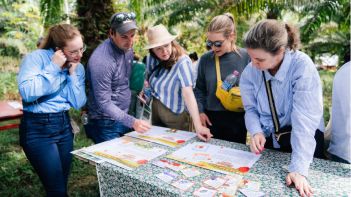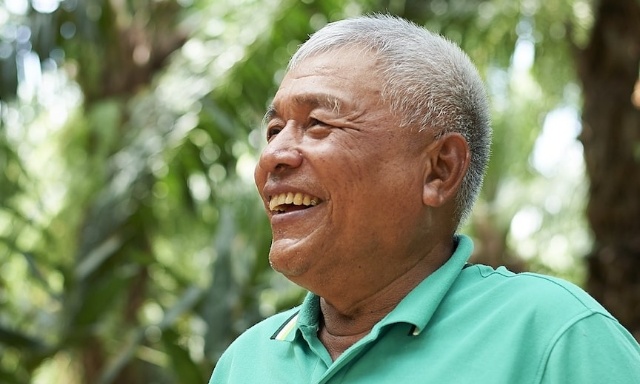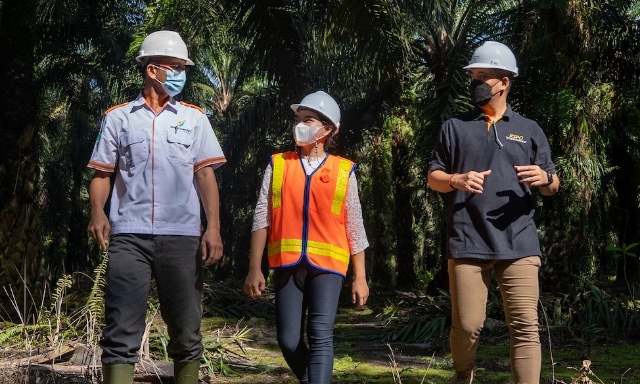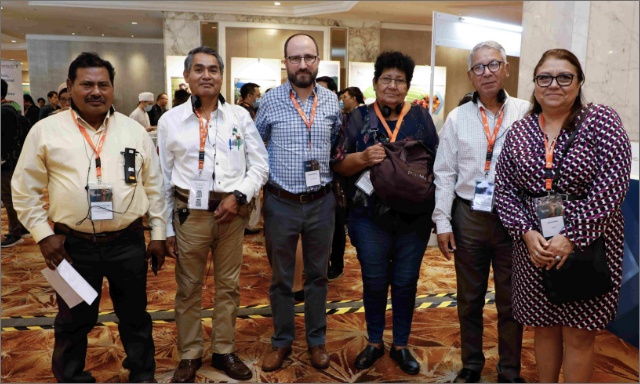The core of sustainability is interconnected by four aspects, ie, legal compliance, social, environment and economy. In the context of business, sustainability can also be defined as the ability of the business to be sustainable.
In addition to having environment, social and economic risk, legal assurance is also vital. Proper understanding of oil palm development on peatland is required to achieve the implementation of sustainable practice in oil palm operation.
Oil palm plantation industry in Indonesia is currently experiencing rapid growth both by large-scale business operators and small farmers. This development is driven by world market demand, mainly by India, China and Europe of the crude palm oil (CPO). Indonesia is currently the world's largest producer and exporter of CPO. According to Oil Data World’s forecast, Indonesia’s production will reach 43 million tonnes by 2020. This is followed by Malaysia with 23 million tonnes, and the rest from countries such as Nigeria, Colombia, Thailand, and so forth.
The production forecast of CPO in 2020 will require production to be continuously improved, therefore land expansion is inevitable. This is the challenge for the palm oil industry in a country which is related to the dilemmas and complexities of peatland with potential impacts resulting from flooding, water scarcity and pollution, forest fires and air pollution, habitat loss and biodiversity alteration, social economic shift and global climate change.
Complexity of peatland management
Peatland is 'fragile' or brittle soil. The topography of this land is usually in the form of a basin and is generally located not far from the shore. Peat soil contains stockpiles from various plants and organisms that had lived for thousand of years in the past. Ground water levels of peat soil usually are close to, contains and even floods the soil surface. This naturally occurs during the rainy season or drought.
Only native peat plants are able to adapt to conditions like this and grow on it, such as Ramin, Jelutong and Rattan. While oil palm and acacia are not plants that can naturally adapt to these conditions. Consequently, puddles or excess water must be removed from the canals which serve to drain water from the surrounding peat soil into the river.
When water is removed or drained from peat soil, the character of the soil will change, which then becomes dry and combustible and will undergo subsidence. The rate of subsidence is varied, but on average reaches 5 cm per year for peat soil that opens up to 70 cm below the surface. In the early years, subsidence of peat soil could even reach more than 50 cm per year. With the continuous sinking, if not correctly managed palm plant roots will eventually be exposed and will collapse.
Furthermore, due to subsidence, the planting area will be lower than surrounding non-peatlands around it or is below sea level. Such conditions can ultimately cause oil palm trees to submerge and eventually the plants will become foul.
According to Nyoman Suryadiputra, Director of Wetlands International Indonesia, these conditions, in some situation, can affect the productivity of oil palm plantation.
“Oil palm was first planted in Indonesian peatland in Riau province in 1990, and the plantation is now about 25 years old but has not reached the second stage of the cropping cycle. The poor conditions of the crops in Riau are very alarming, because approximately 66% of the total plantation or as much as 510,000 oil palm trees in a peatland area of 4,000 hectares collapsed, and 23% did not even produce.The same conditions also occur at various other locations such as Jambi, Southern Sumatra, West Sulawesi, Kalimantan, West Kalimantan” he added.
Palm in peat regulations scheme and sustainability standards
So now we’re back to the question of what needs to be done to increase national CPO production in the middle of all complexities, dilemmas and limitations of the existing land.
According to Nyoman, to reduce the deterioration of peatland, Government of the Republic of Indonesia has made various regulations and agreements, both national and international on issues related to drainage, subsidence, peat fire, greenhouse gas emission (GHG) into the atmosphere, flood, and so forth, where it still allows growers to plant but through sustainable plantation approach.
Business risks of oil palm on peatland
If not correctly managed, oil palm development on peatland does not only impact the environment or the peat’s ecosystem, but also to the financial aspects of the production. Oil palm cultivation on peatland requires so much effort and costs when compared to cultivation on the mineral ground. Increased operational costs will occur as a result of the additional land preparation work, road maintenance and water management.
In order to reduce the impact, oil palm cultivation in peatland requires expertise, planning and best management practice. To be effective, supervision and documentation in peatland management is also important, in addition to regularly monitor and quantify the outcome of the best management practice implementation.
Keep reading
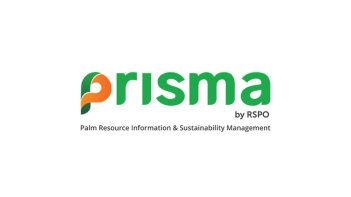
Access into prisma
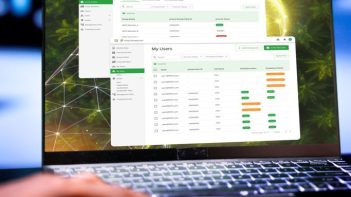
Updated Trace Function in prisma
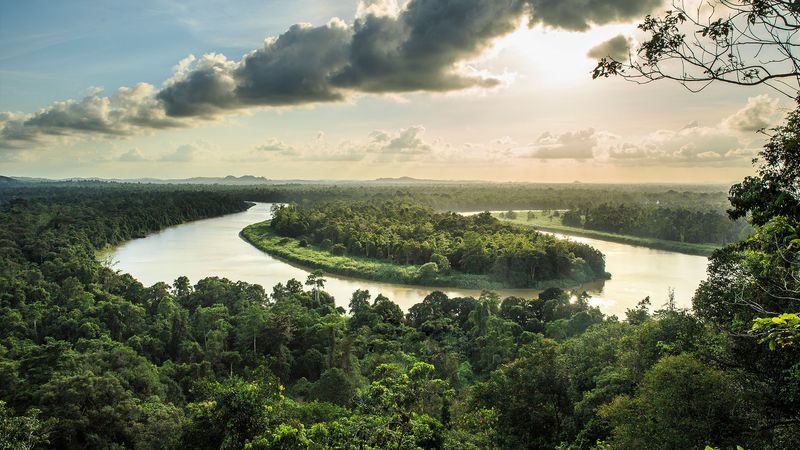
Call for Expression of Interest: Independent Investigation of a Complaint
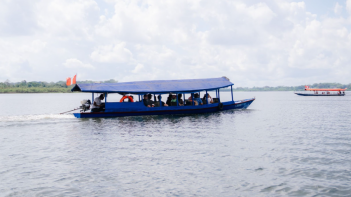
Latin American Smallholders, Key Global Brands Gather in Peruvian Amazon to Advance Sustainable Palm Oil
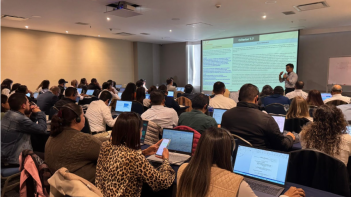
RSPO Forum for Members and Certification Bodies 2025: Strengthening Capacities and Building Bridges with RSPO Members
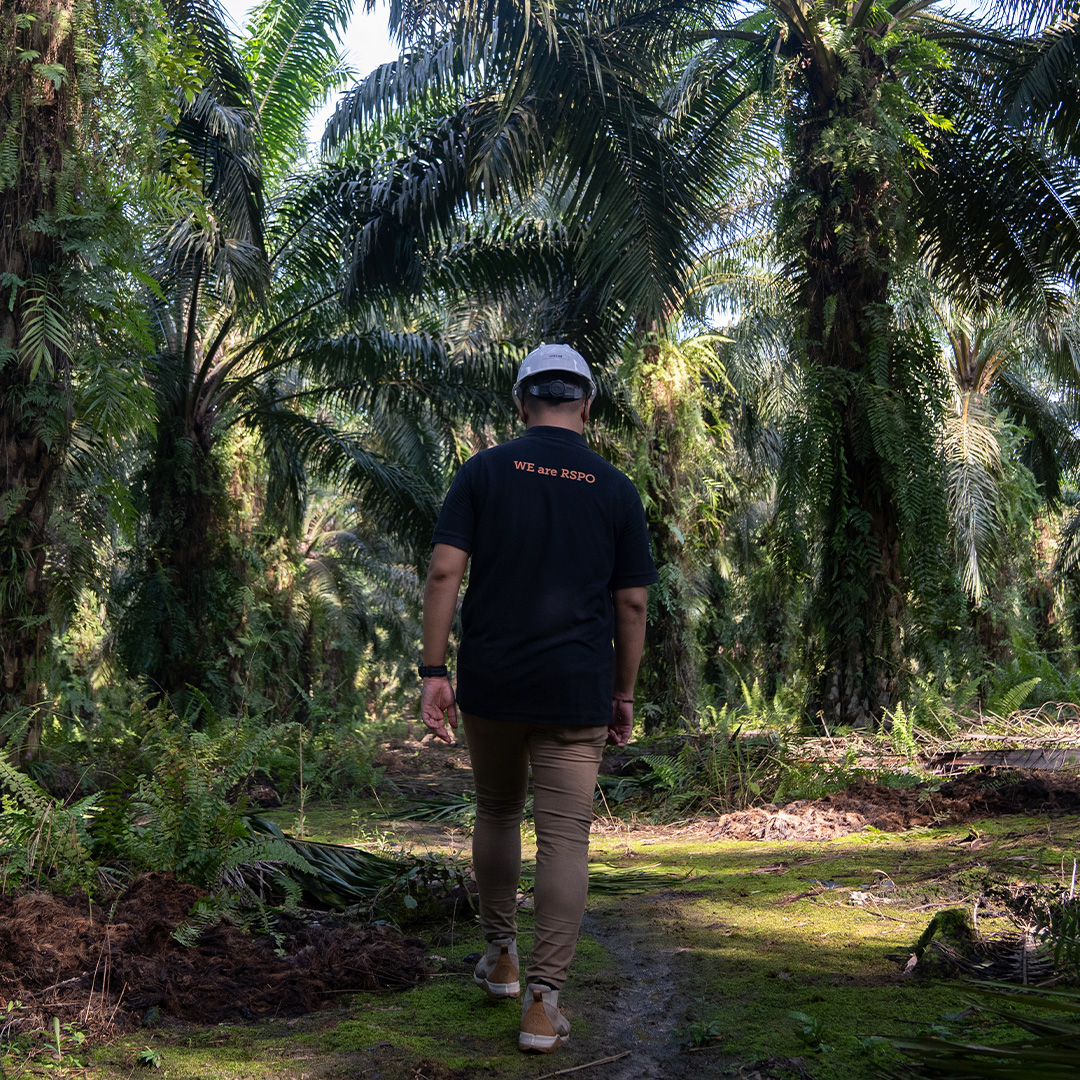
From Violence to Prosperity: Cultivating Sustainable Palm Oil in San Pablo, Colombia
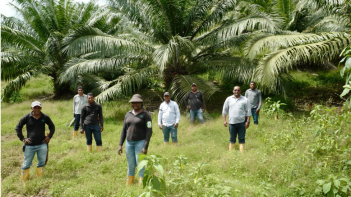
Palmas de Tumaco: Enduring, Trusting, and Transforming in Colombia’s Pacific Coast
Carry Over Credits for Certified Independent Smallholder Groups
